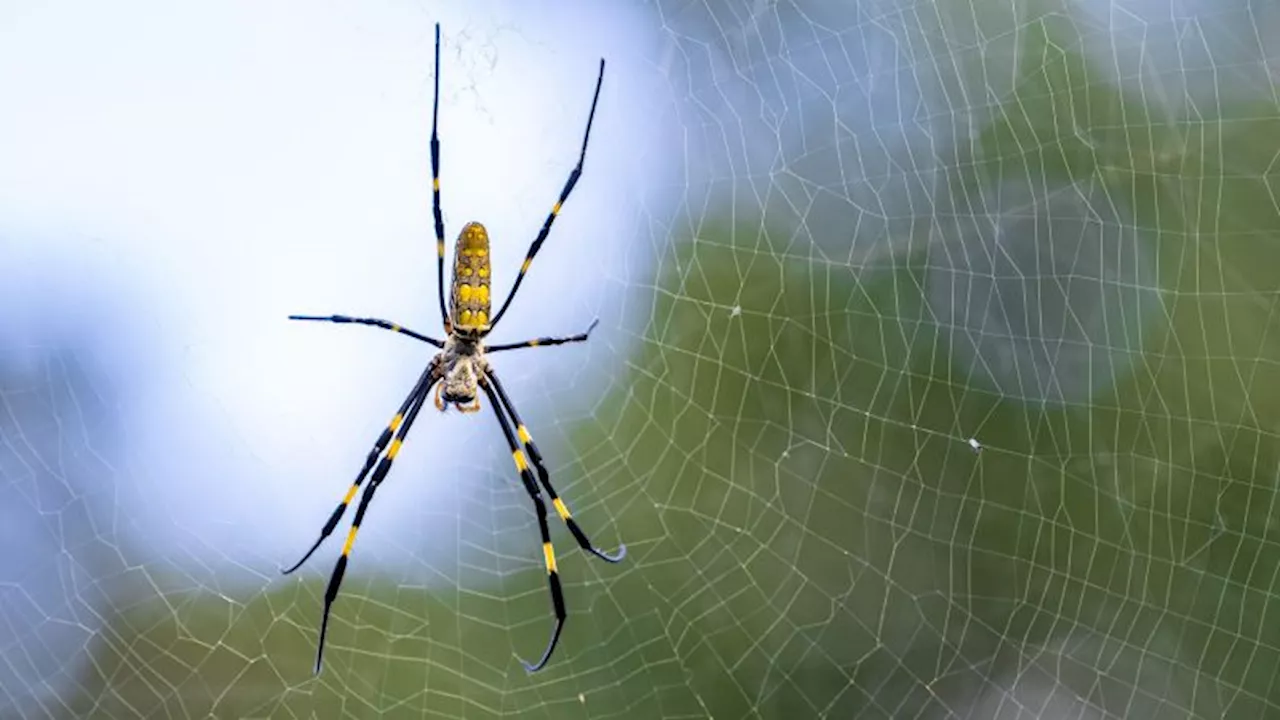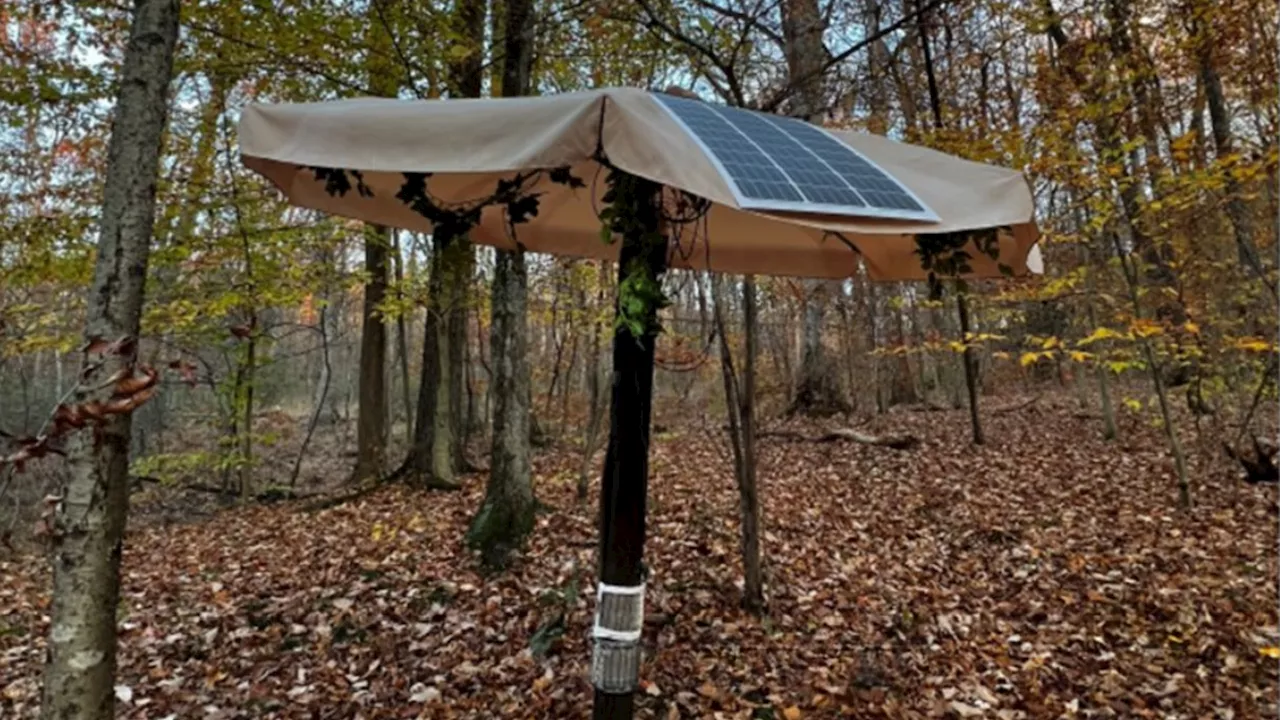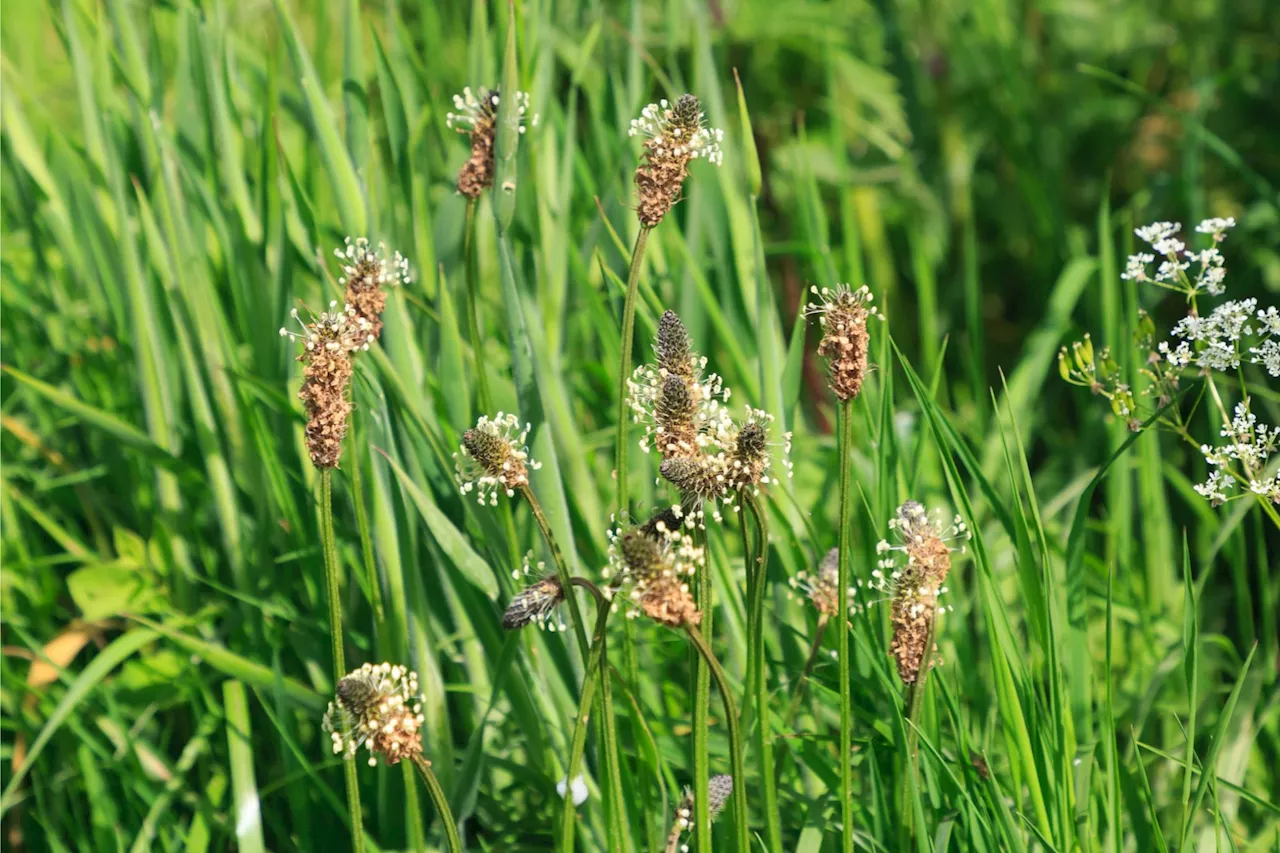A study highlights that invasive plants can stay dormant for decades to centuries before becoming ecological threats, underscoring the importance of considering dormancy in managing invasions.
A study highlights that invasive plants can stay dormant for decades to centuries before becoming ecological threats , underscoring the importance of considering dormancy in managing invasions. University of California, Davis , invasive plants can stay dormant for decades or even centuries after they have been introduced into an environment before rapidly expanding and wreaking ecological havoc. of invasive plants in nine regions around the globe.
It represents the most comprehensive analysis of plant invasions conducted to date, said senior author Mohsen Mesgaran, an assistant professor in the Department of Plant Sciences at UC Davis. “The longer it is dormant, we’re more likely to ignore it,” Mesgaran said. “This latency allows them to be overlooked, contributing to their eventual emergence as a serious invasive threat. They’re like invasive time bombs.” The international team found that nearly one-third of the invasive plants they analyzed exhibited lag periods between introduction and rapid expansion, with the average time being 40 years. The longest dormant period – sycamore maples in the United Kingdom — was 320 years., otherwise known as ribwort or buckhorn plantain, which has the longest dormancy in the United States, according to the report. Noxious to livestock and native plants, the plant was introduced in the United States in 1822 and is found widely her
Invasive Plants Dormancy Ecological Threats Plant Invasions University Of California Davis
United States Latest News, United States Headlines
Similar News:You can also read news stories similar to this one that we have collected from other news sources.
 Invasive plant time bombs: A hidden ecological threatInvasive plants can stay dormant for decades or even centuries before rapidly expanding and wreaking ecological havoc, finds a new study.
Invasive plant time bombs: A hidden ecological threatInvasive plants can stay dormant for decades or even centuries before rapidly expanding and wreaking ecological havoc, finds a new study.
Read more »
 Invasive Jorō spider is surprisingly tolerant of busy urban settings, according to new studyThe invasive Jorō spider has baffled researchers by living near busy roads and urban places that other creatures tend to avoid. A new study might explain why.
Invasive Jorō spider is surprisingly tolerant of busy urban settings, according to new studyThe invasive Jorō spider has baffled researchers by living near busy roads and urban places that other creatures tend to avoid. A new study might explain why.
Read more »
 Researchers explore non-invasive method for sampling drug responseHarnessing a pervasive type of cellular messenger shows early experimental promise as a routine way of sampling and monitoring the body's response to prescription drug exposure.
Researchers explore non-invasive method for sampling drug responseHarnessing a pervasive type of cellular messenger shows early experimental promise as a routine way of sampling and monitoring the body's response to prescription drug exposure.
Read more »
 New minimally-invasive bunionectomy challenges traditional methods for painless reliefBunions are small bony bumps on toes that cause tremendous pain. Surgery is the solution, but a traditional method is being challenged by a newer procedure.
New minimally-invasive bunionectomy challenges traditional methods for painless reliefBunions are small bony bumps on toes that cause tremendous pain. Surgery is the solution, but a traditional method is being challenged by a newer procedure.
Read more »
 Teen invents AI solar-powered tree to safely rid city of invasive fliesFind out how this high-schooler developed an AI tree equipped with a solar-powered trap designed to counter invasive Lanternflies.
Teen invents AI solar-powered tree to safely rid city of invasive fliesFind out how this high-schooler developed an AI tree equipped with a solar-powered trap designed to counter invasive Lanternflies.
Read more »
 A sprayable gel could make minimally invasive surgeries simpler and saferThe new GastroShield gel can be sprayed through an endoscope after polyps are removed during colonoscopy, protecting the gut and helping prevent complications from weakened gastrointestinal tissues.
A sprayable gel could make minimally invasive surgeries simpler and saferThe new GastroShield gel can be sprayed through an endoscope after polyps are removed during colonoscopy, protecting the gut and helping prevent complications from weakened gastrointestinal tissues.
Read more »
